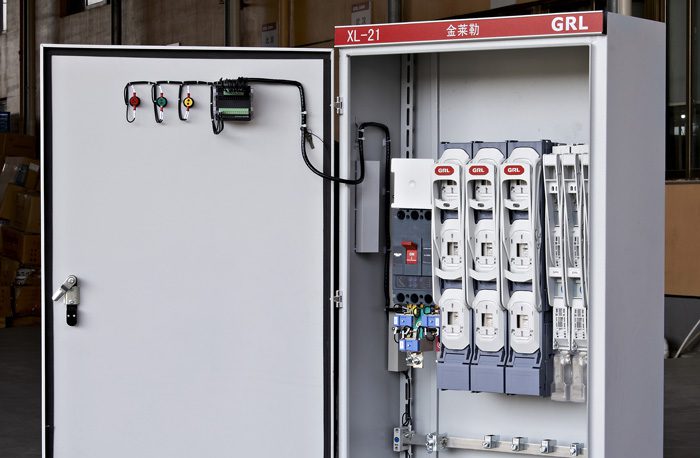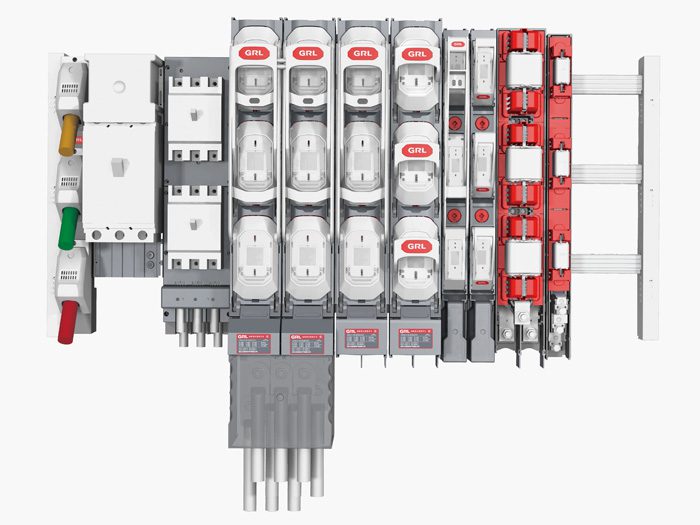Why choose vertical fuse disconnectors? Revealing key advantages
Vertical fuse disconnectors play a crucial role in ensuring the safe separation of rated currents under load, offering protection against overload currents and short circuits within 3-phase AC circuits.
Designed to meet stringent usage categories and operational voltages, these devices utilize NH fuses capable of safely interrupting currents, providing a high breaking capacity of up to 100kA. This capability ensures rapid reaction times during short circuit events, minimizing the risk of severe deformation and potential injuries compared to thermal magnetic switches. Moreover, vertical fuse disconnectors are notably cost-effective when compared to thermal magnetic alternatives.
Click to view GRL fuse switch disconnector product>>
Key features of vertical fuse disconnectors
-
Versatile Operation
These disconnectors allow for individual or simultaneous switching of three phases, enabling flexibility in adjusting to varying load conditions and current ratings.
-
Safety and Reliability
Engineered to meet international standards, vertical fuse disconnectors ensure operational safety by isolating faulty sections during faults, allowing uninterrupted operation of other parts of the electrical system. This feature not only enhances operational efficiency but also facilitates easier maintenance and repair procedures.
-
Space Efficiency
Integrating current transformers within a compact design, these units minimize space requirements within electrical panels while facilitating detailed measurements across all outputs.
-
Proven Performance
Having undergone rigorous testing in accredited laboratories, vertical fuse disconnectors have demonstrated high reliability and compliance with industry standards, assuring consistent performance in demanding environments.
In summary, vertical fuse disconnectors are indispensable components for electrical installations where safety, efficiency, and space optimization are paramount. Their ability to swiftly handle short circuits and overcurrents, coupled with their compact design and cost-effectiveness, makes them the preferred choice for modern electrical systems.


